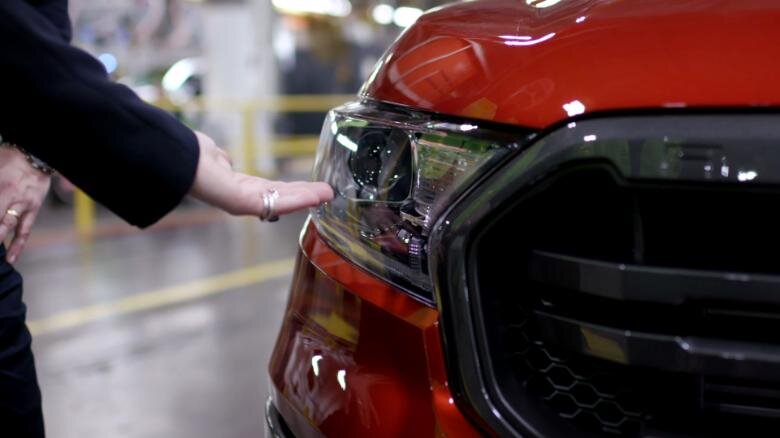Ford and McDonald Creating Car Parts Out Of Coffee?
In this age of superhero team-ups, it’s getting increasingly difficult to find something to surprise us. But now, one carmaker has teamed up with your favourite fast-food restaurant to bring you a more sustainable way of making your car’s parts.
Ford, the carmaker most famous for revolutionizing the way cars are mass produced has teamed up with McDonald’s, the fast-food chain most famous for being McDonald’s, to turn coffee waste into biohybrid plastic car parts. Yes, that’s right. While car manufacturers have tried to come up with many kinds of sustainable trim materials, using waste coffee chaff to build a plastic headlamp housing is really on another level.
Image from: MSN
How it works is that when coffee roasters put beans through a roaster, a papery skin called chaff comes off which “tends to get into everything and there's lots of it.” This is similar to the papery “skin” found on your everyday peanuts or the stuff that appears when farmers separate the wheat from the chaff. But while most farmers just let the wheat chaff float away into the wild, it’s more difficult to do that when you’re trying to get rid of the waste inside a coffee roaster.
Image from: Motor1
One of the best things about using this biohybrid coffee plastic is that it is lighter than the traditional plastics used and requires much less energy to make. Engineers have combined specially treated coffee chaff and plastic to form hybrid pellets that can be used in place of traditional petroleum plastic in some car parts. The chaff-plastic can be melted and moulded, and it’s lighter and less energy-intensive than full petroleum plastic.
The part that Ford is most proud of that uses its new coffee plastic is headlamp housing. Ford claims that the coffee plastic is really good in high heat; perfect for use as headlamp housing, and weighs 20% less than the equivalent traditional plastic. This reduction in weight is vital for cars because heavier cars tend to consume more fuel, so getting rid of the weight in non-structural parts of the car is the easiest way.
Image from: CNN
Plastic-like replacements made from plants aren’t the newest technology; corn packing peanuts, used in packing materials for delivery and other goods, have been around for decades. But Ford’s applications with coffee plastic represent a move to rely on biohybrid materials for permanent, durable applications.
It is hoped that Ford will one day license its coffee plastic to other manufacturers so that this form of reusable waste will create a precedent and a more sustainable lifestyle. However, as biohybrid materials are slowly getting more popular, with other manufacturers using materials such sugar cane and recycled jeans to come up with biohybrid materials, is at least a sign that similar developments will follow from other manufacturers.
Image from: The Verge
What do you think about cars being built out of biohybrid materials like a coffee waste? Leave a comment below!




